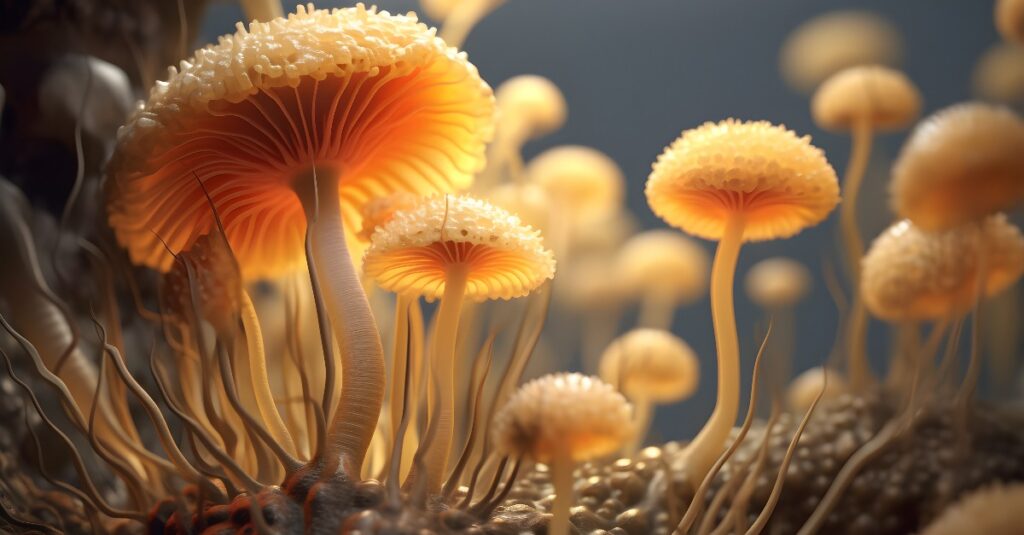Reproduction in Plants

All the food you eat depends on the successful reproduction of plants. Sometimes that is direct, such as a juicy peach where you are literally eating the fruit of a tree. Other times it may be more indirect, like the seed that was used to produce your leafy greens. Regardless, the field of agriculture and its economic viability is successful largely due to our in-depth understanding of the various methods by which crops reproduce.
Plants are literally so cool it blows my mind! They have an impeccable will to survive and adapt out of necessity. They can reproduce sexually or asexually based on their circumstances. Sexual reproduction in plants results in the development of a seed that contains genetic material from both parents. In flowering plants, this process of fertilization is called pollination where the pollen, containing male gametes, must be transported to the female portion of the flower. Some plants can self-pollinate while others must be cross-pollinated with help from the wind or an assortment of animals. There is a subset of non-flowering plants that sexually reproduce called angiosperms which includes mosses, ferns, and conifers. The main advantage of sexual reproduction in plants, aside from the delicious fruits that we regularly consume, is the conservation of genetic diversity.
Plants may also reproduce asexually which only requires DNA from one parent resulting in clones that are less genetically diverse, less able to fight disease, and less adaptable. This can be a downfall for many plants, but this can also be a major advantage if the nearest plant for sexual reproduction is too far away. Farmers can also take advantage of the products of asexual reproduction for the sale of certain crops or to increase their plants’ cache. True bulbs such as garlic, onions, and tulips are technically considered modified stems. The base is surrounded by modified leaves and a cloned daughter bulb will grow off the parent bulb’s base. Taro is considered a corm which is very similar to a true bulb but doesn’t have as many layers. Corms are a storage organ that will be used up during the growing season and get replaced asexually by one or more new corms for the following year. Tubers, like our yummy potatoes, are another type of modified stem that grows underground. Tubers will have growing points called eyes from which new plants will grow that contain the same genetic material as the parent plant. Fragmentation is the process by which new plants grow from small parts of a parent plant that falls to the ground. Horticulturists often use this process to grow new plants (you may also know this as propagation).
The last two types of asexual reproduction come from modified stem plant parts that crawl horizontally instead of vertically. Stolons grow just above the soil surface and anchor to the ground with roots so new shoots can then follow. Strawberries and white clover are the most common plants used agriculturally that depend on growth via stolons. Rhizomes are a similar plant part but instead of creeping along the surface, these storage organs grow below the surface and branch out to produce new points of growth. Common examples of plants that spread using rhizomes include ginger, bamboo, hops, asparagus, and the Venus flytrap. Both stolons and rhizomes maintain important genetic information and are invaluable for agricultural production.
The activities on a farm typically begin and end with the seed, the result of plant reproduction. It is a very important topic in the field of agriculture and one that we must understand to open doors for more reliable crop production and higher yields while maintaining the genetic diversity of our planet.
Written by Nikira Lane, agAlaska Ag Tech Specialist


Comments are closed